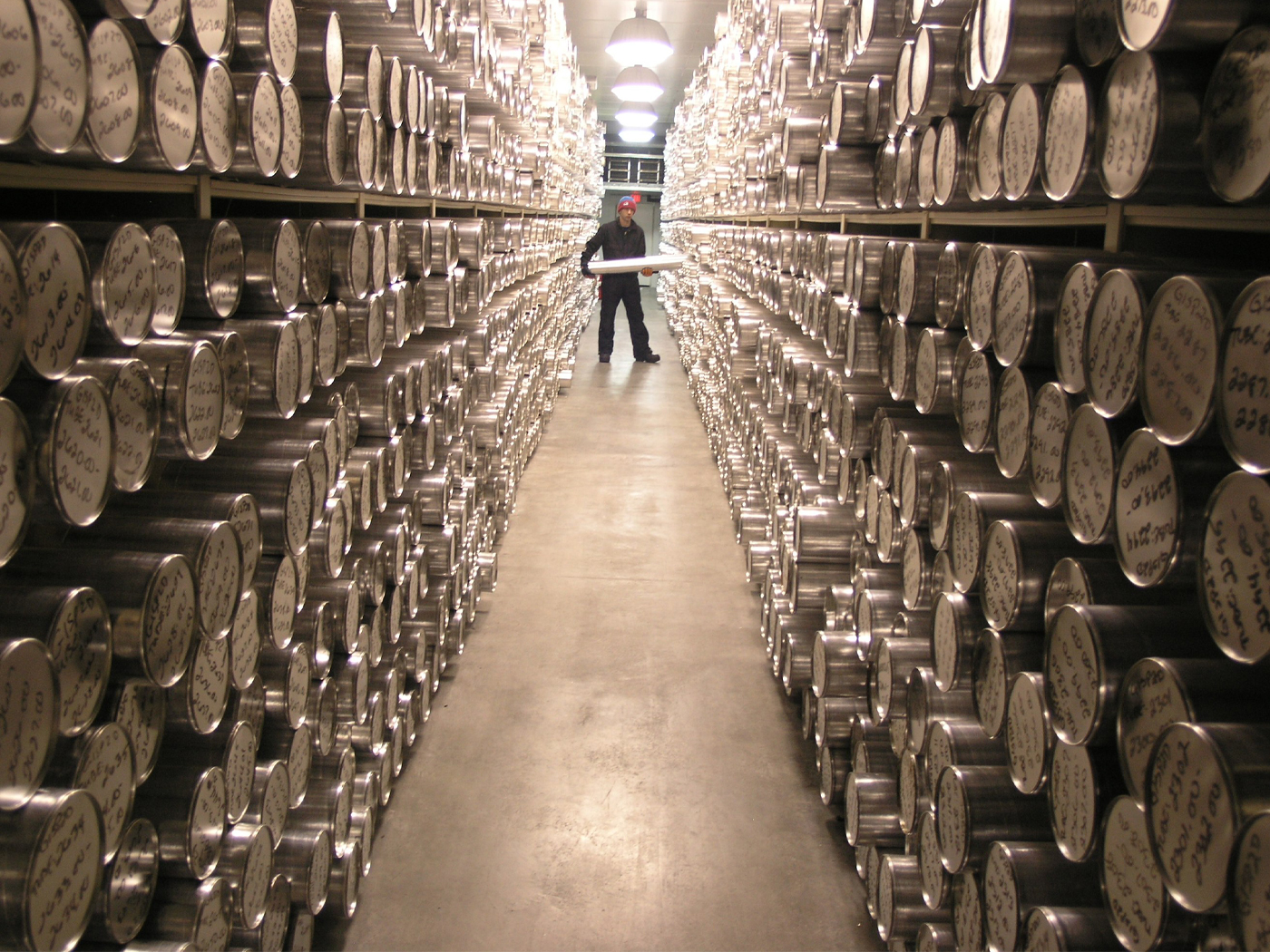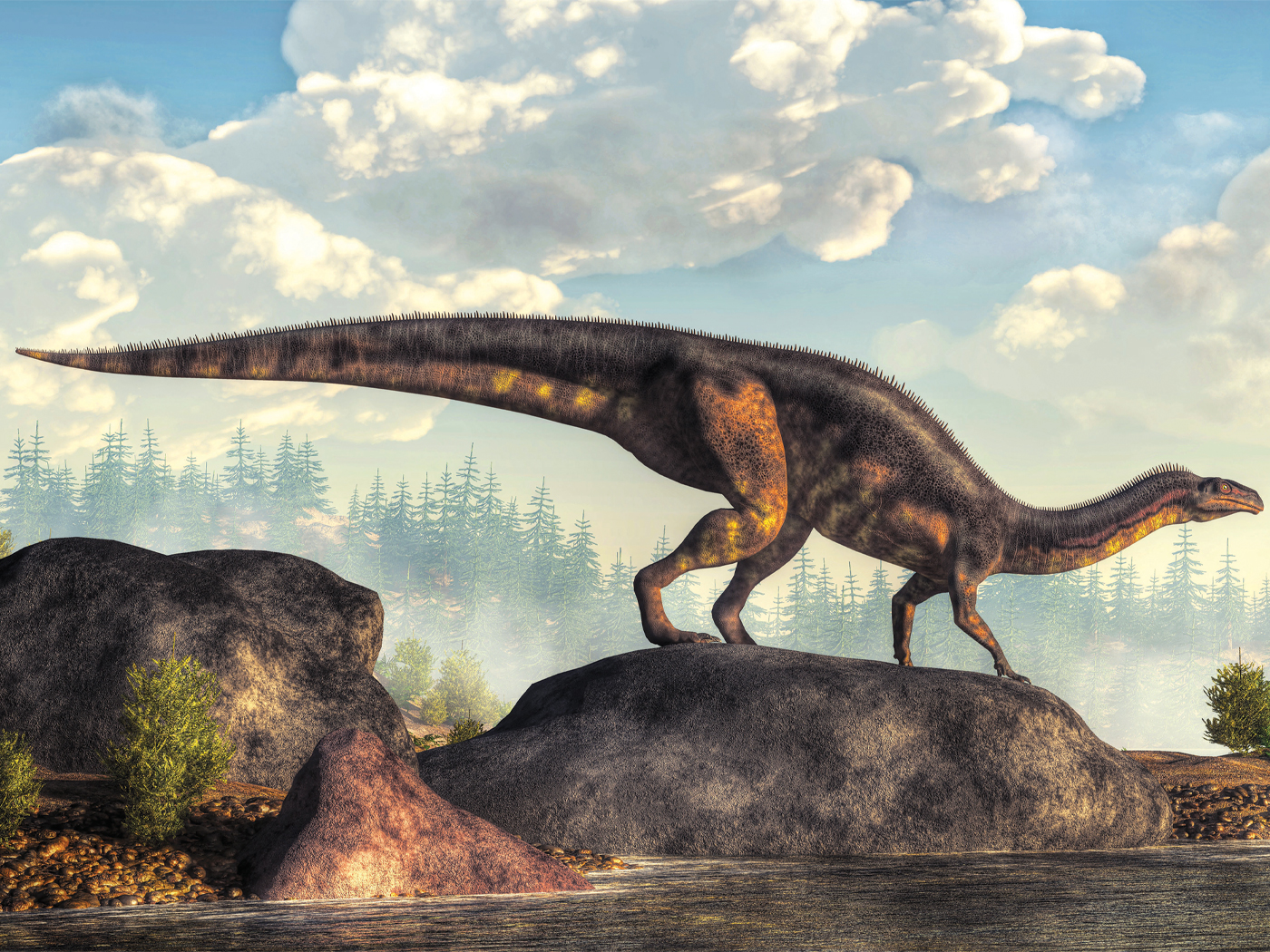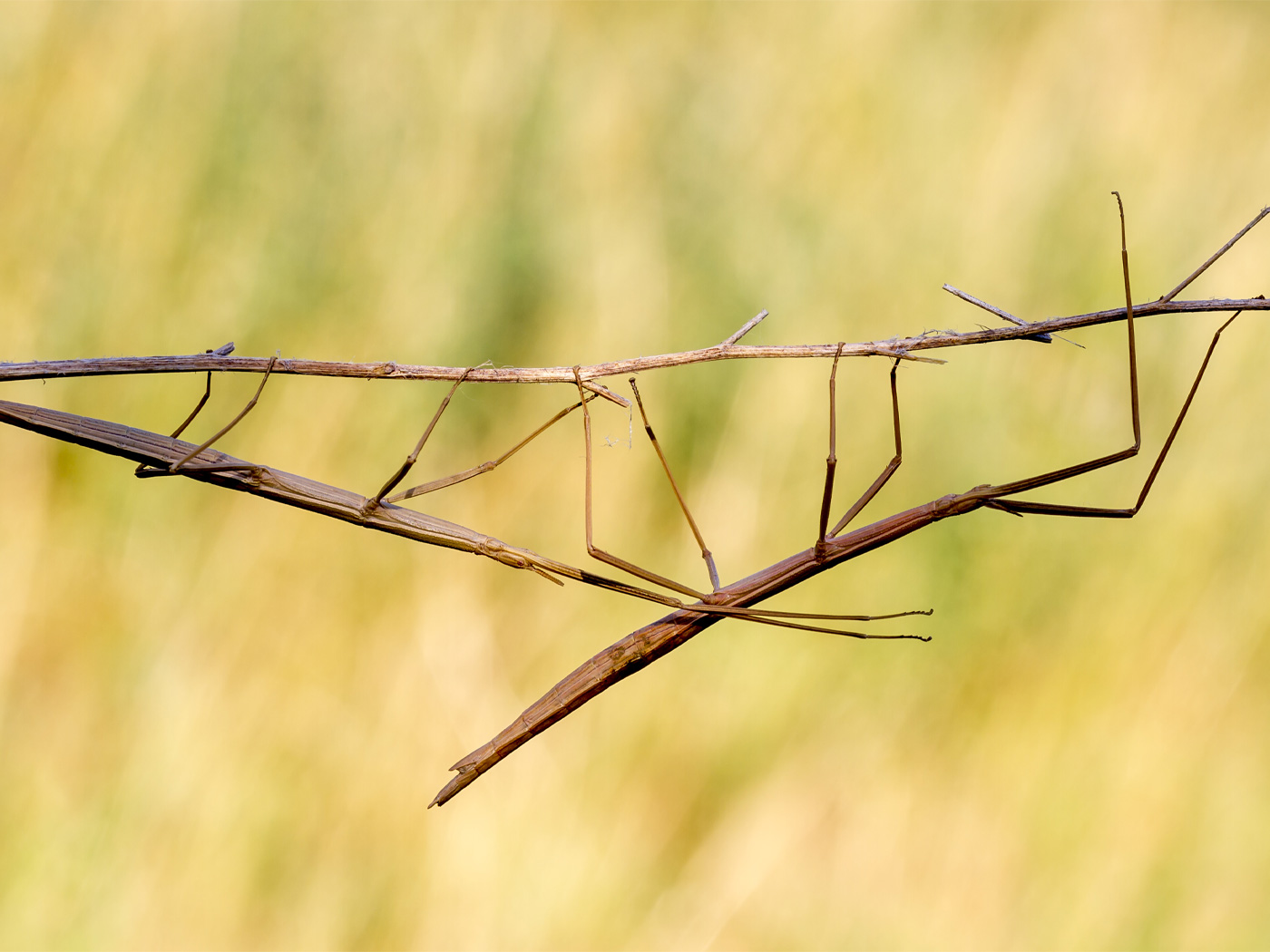Presented at the Third International Conference on Creationism, Pittsburgh, Pennsylvania, July 18–23, 1994. Published in: Proceedings of the First International Conference on Creationism, R. E. Walsh, (editor), pp. 497–504, 1994.
© 1994 by Creation Science Fellowship, Inc., Pittsburgh, Pennsylvania, USA. All Rights Reserved.
Abstract
As with other isochron methods, the U-Pb isochron method has been questioned in the open literature, because often an excellent line of best fit between ratios obtained from a set of good cogenetic samples gives a resultant “isochron” and yields a derived “age” that has no distinct geological meaning. At Koongarra, Australia, U-Th-Pb isotopic studies of uranium ore, host rocks, and soils have produced an array of false “isochrons” that yield “ages” that are geologically meaningless. Even a claimed near-concordant U-Pb “age” of 862 Ma on one uraninite grain is identical to a false Pb-Pb isochron “age,” but neither can be connected to any geological event. Open system behavior of the U-Th-Pb system is clearly the norm, as is the resultant mixing of radiogenic Pb with common or background Pb, even in soils in the surrounding region. Because no geologically meaningful results can be interpreted from the U-Th-Pb data at Koongarra (three uraninite grains even yield a 232Th/208Pb “age” of 0 Ma), serious questions must be asked about the validity of the fundamental/foundational basis of the U-Th-Pb “dating” method. This makes the task of creationists building their model for the geological record much easier, since claims of U-Th-Pb radiometric “dating” having “proven” the claimed great antiquity of the earth, its strata and fossils can be safely side-stepped.
Keywords
Geochronology, U-Th-Pb Isotopes, Isochrons, Uranium Ore, Soils
For Full Text
Please see the Download PDF link above for the entire article.













